Residents: Marawi is still a ghost town
 |
| Marawi before the siege of 2017. (RSP) |

 |
| Marawi before the siege of 2017. (RSP) |






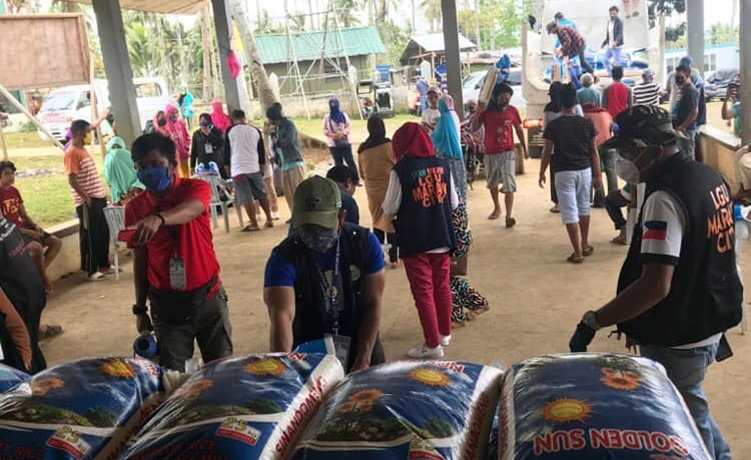
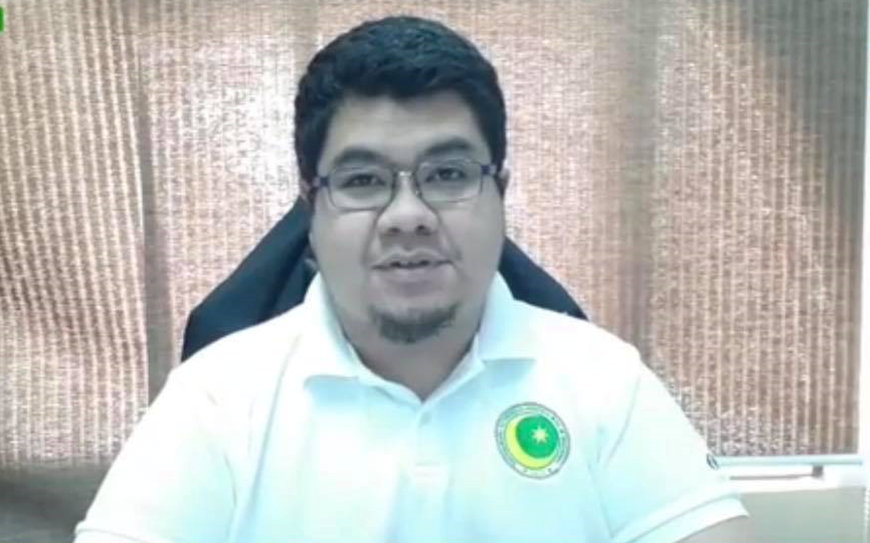
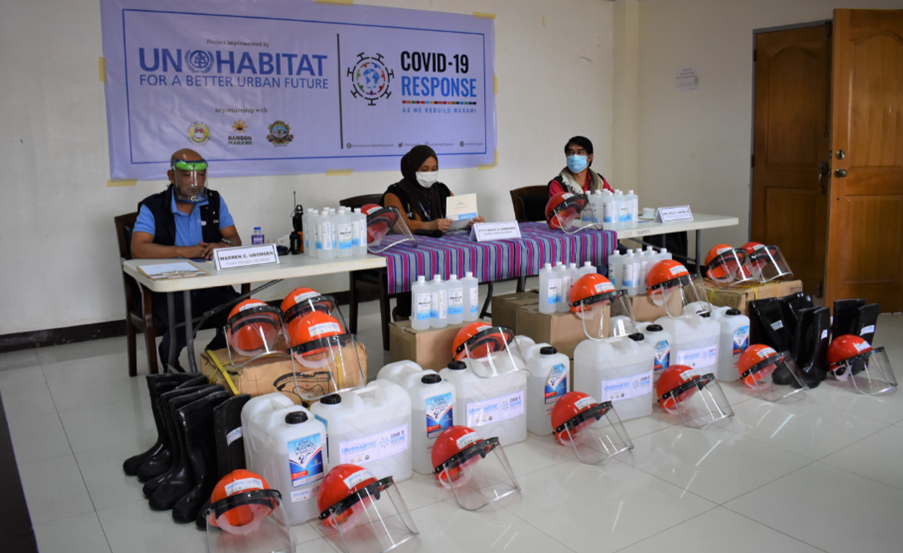


By ROCAYA SUMNDAD OTICAL YAHYAJuly 4, 2020 BACOLOD KALAWI, Lanao del Sur: The Municipal Government of Bacolod Kalawi in t...

...

...

ROCAYA SUMNDAD OTICAL December 8, 2018 MARAWI CITY, Lanao del Sur: The 2018 Palarong Panlungsod ng Marawi was held on De...

ROCAYA SUMNDAD OTICAL December 1, 2018 SAGUIARAN, Lanao del Sur: Dr. Noraida "Hja. Romaisa" P. Mecampong, education prog...

By HABIB W. MACAAYONG February 17, 2020 The most honorable among men abides and respects the law and the rights of o...
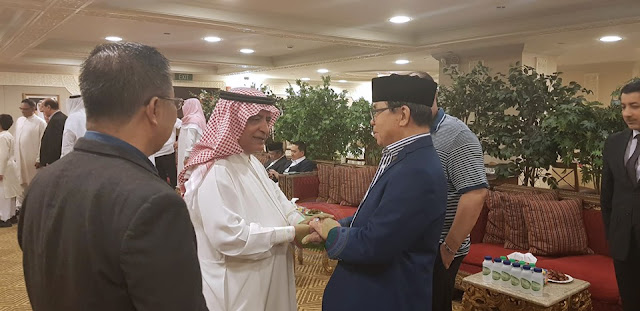
By ASA T. MADALE May 23, 2019 MAKATI CITY: The Ambassador of the Kingdom of Saudi Arabia, H.E. Dr. Abdullah N. A. Al-Bh...

By ASA T. MADALE April 7, 2019 The three Tuguegarao Imams who were arrested by the police from the Enrile police s...

...

MARAWI CITY, Lanao del Sur: On November 8, 2018 at the Office of the President of the famous Mindanao State University S...

MARAWI CITY, Lanao del Sur: The government of the Autonomous Region in Muslim Mindanao (ARMM), through its Personnel Sel...
If envy were proper, two persons would be the most proper objects of it; one, a man to whom god hath given riches, and ...

Whoso openeth unto himself the door of begging, God will open unto him the door of poverty....

He is not a perfect man of fortitude, who hath not fallen into misfortunes; and there is no physician but the experienc...

The most excellent Jihad is that for the conquest of self....
A tribe must desist from boasting of their forefathers; if they will not leave off boasting, verily they will be more abom...

To gladden the heart of the weary, to remove the suffering of the afflicted, hath its own reward. In the day of troub...

By Che Palicte August 13, 2019 SHELTERS. National Housing Authority General Manager and Housing and Urban Development ...

By ROCAYA SUMNDAD OTICAL YAHYA July 30, 2019 MARAWI CITY: Authorities will detonate again unexploded bombs recovered...
By ASA T. MADALE June 14, 2019 ILIGAN CITY: The government plans to add sweeteners to make the debt paper it will s...

By MASIDING NOOR YAHYA May 24, 2019 MARAWI CITY: “We are on our way to being well. We are finally learning what peace ...

By MASIDING NOOR YAHYA May 10, 2019 Japan-based Satsuma Russia Exchange Promotion Council (SREPC) president Norio Akaho...

By MASIDING NOOR YAHYA Marawi City, Philippines May 3, 2019 On Monday, May 6, 2019, Muslim Filipinos will join the m...

MARAWI CITY: The Marawi Sultanate League (MSL) has refuted the tagging of Marawi as a “ghost town” and insisted that “no...

By ALI G. MACABALANG March 4, 2019 Devastated Dansalan Mosque aka 'Masget i Bato' stands along Marawi's Gomisa Avenu...

Dilemma on the Marawi rehab By Mamasaranao Cabsaran The dilemma in the on-going rehabilitation and reconstruction of the de...

Marawi before the siege of 2017. (RSP) MARAWI CITY: Contrary to what the Task Force Bangon Marawi (TFBM) said that the...
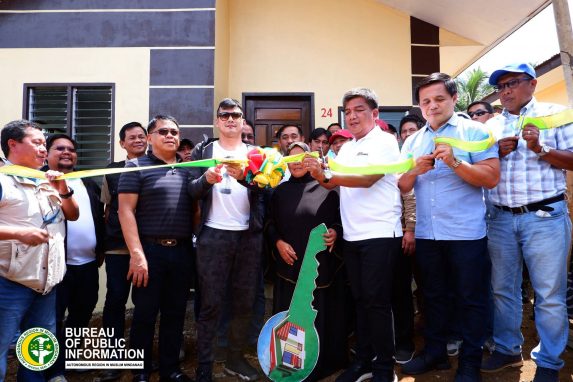
ARMM Governor Mujiv Hataman, 3rd from right, Marawi mayor Majul Gandamra, 2nd from right, and Actor Robin Padilla lead the...

By TED KHAN R. JUANITE February 7, 2019 MARAWI CITY: The UN Habitat in cooperation with the Government of Japan on ...

...

...

...

...

Written in Maranao and in English, this short pamphlet called "Asma Allah Al-Husna go so Ped a Kipantagiyan (Lagido Manga Ki...

...

...


...

...
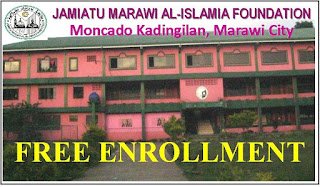
...

Republic of the Philippines LOCAL CIVIL REGISTRY OFFICE Province of Lanao del Sur Municipality of Butig NOTICE OF...
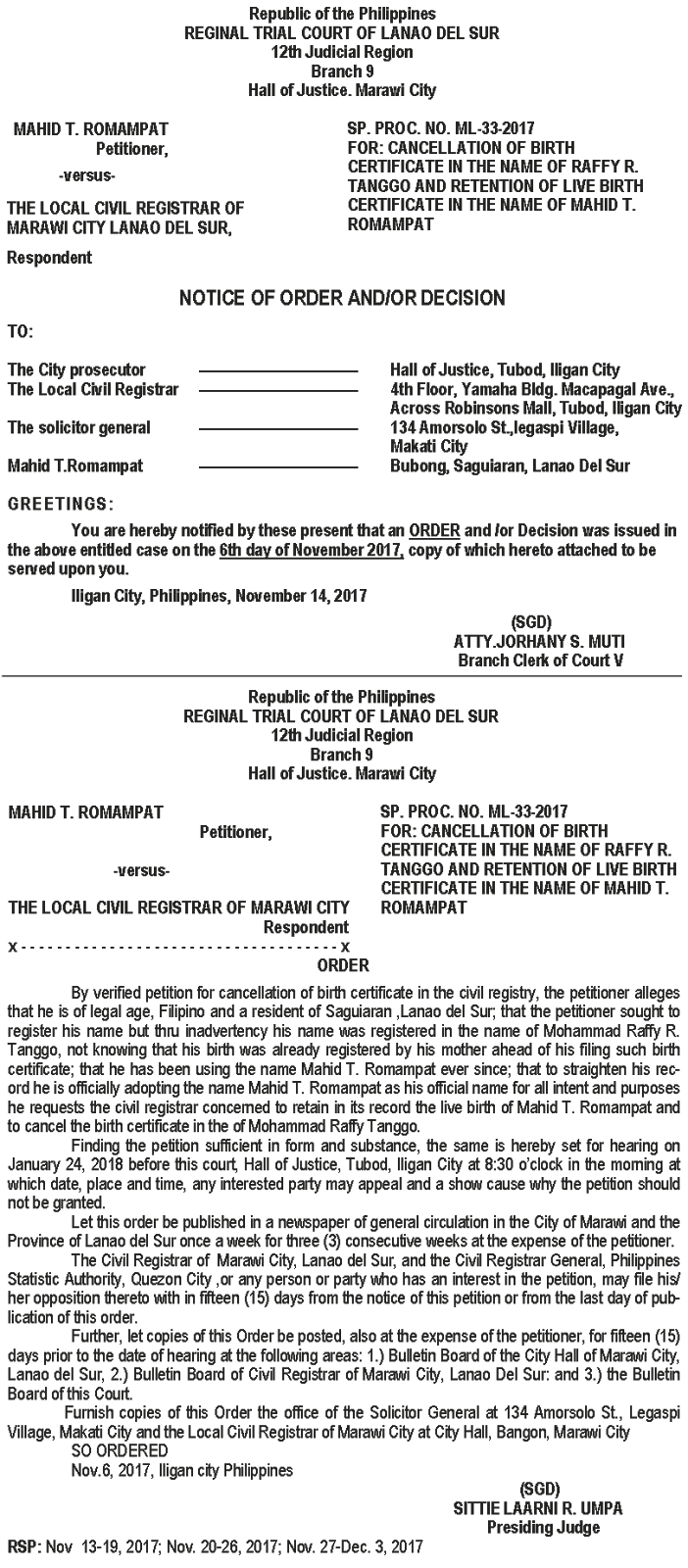
...

Republic of the Philippines Regional trial court of Lanao del sur 12th judicial region Hall of Justice, Marawi Cit...

The immediate family of SAMSIA ALAWI SANI of Marawi City, Lanao del Sur, expresses their heartfelt thanks and gratitude to th...

The immediate family of ZAMAN DIBARATUN CALI of Comara, Bumbaran, Lanao del Sur, expresses their heartfelt thanks and gratitu...

The immediate family of MONA CALO MANGKA of Sultan Naga Dimaporo, Lanao del Sur, expresses their heartfelt thanks and gratitu...

The immediate family of ALI RAISA MAMAILAO of Buayaan, Ditsan Ramain, Lanao del Sur, expresses their heartfelt thanks and ...
It is with great sadness that the family of Wendylin Martir Imperial of Maranding, Lala, Lanao del Norte, announces her ...




